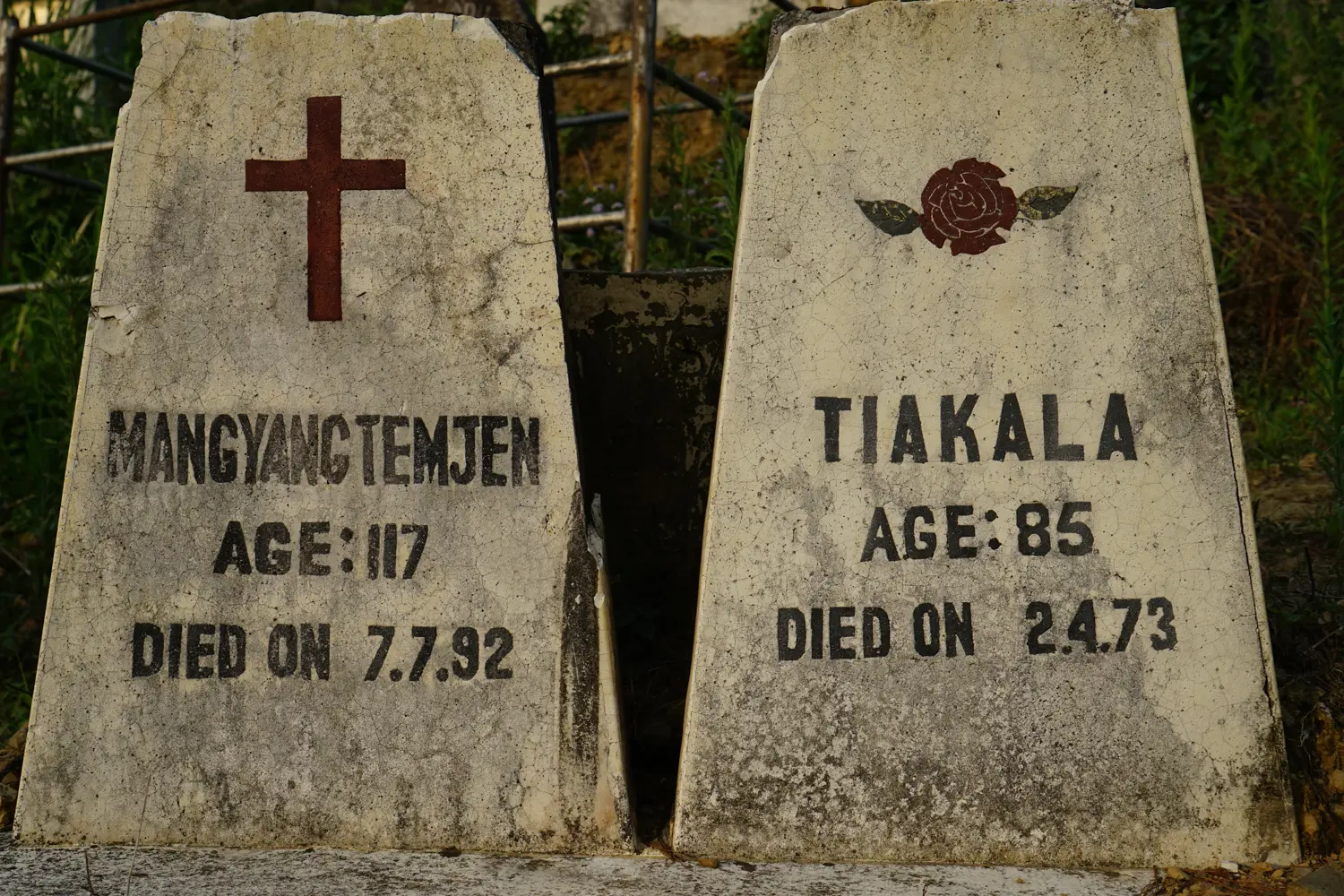Some people are reluctant to visit cemeteries – they are afraid to roam around high concentrations of graves, dead people’s spirits and possible ghosts. As for me, I think cemeteries are among the best sights in just about any city. Not only they allow you to feel the history or the place and literally walk atop it, they are often filled with beautiful and creative monuments and memorials that are private, not public, and this give you the most intimate connection with the city you are visiting.
But what are the best cemeteries around the world? I am glad you asked. While I can’t claim to have visited a cemetery in each country or city I have visited, here are the top 10 of the ones that left me profoundly impressed.
1. Pere Lachaise, Paris
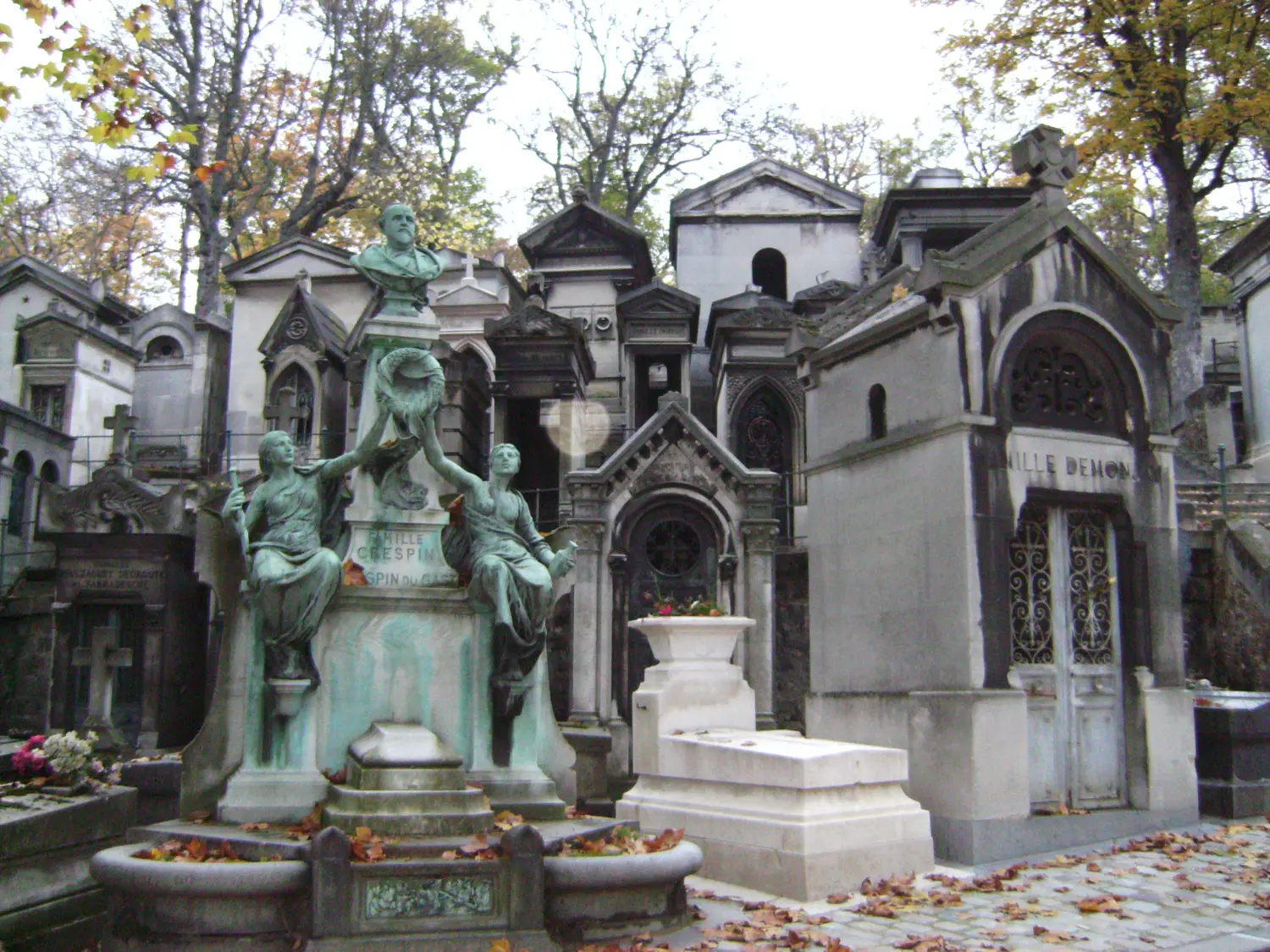
There is no other cemetery like Pere Lachaise in the world in terms of concentration of world-famous people buried here, and the fact that it is now one of the most popular tourist sights in Paris only proves my point that cemeteries are super cool to visit. If you are into arts, literature and music, you are likely to find familiar names on monuments in almost every alleyway here: Chopin, Proust, Balzac, Oscar Wilde, Edith Piaf, Modigliani, Camille Pissarro, Delacroix, Isadora Duncan, just to name a few. The most popular grave in the cemetery is actually one of the most modest ones in size. It’s the resting place of Jim Morrison, who died in Paris in 1971 aged 27.
2. Novodevichye, Moscow
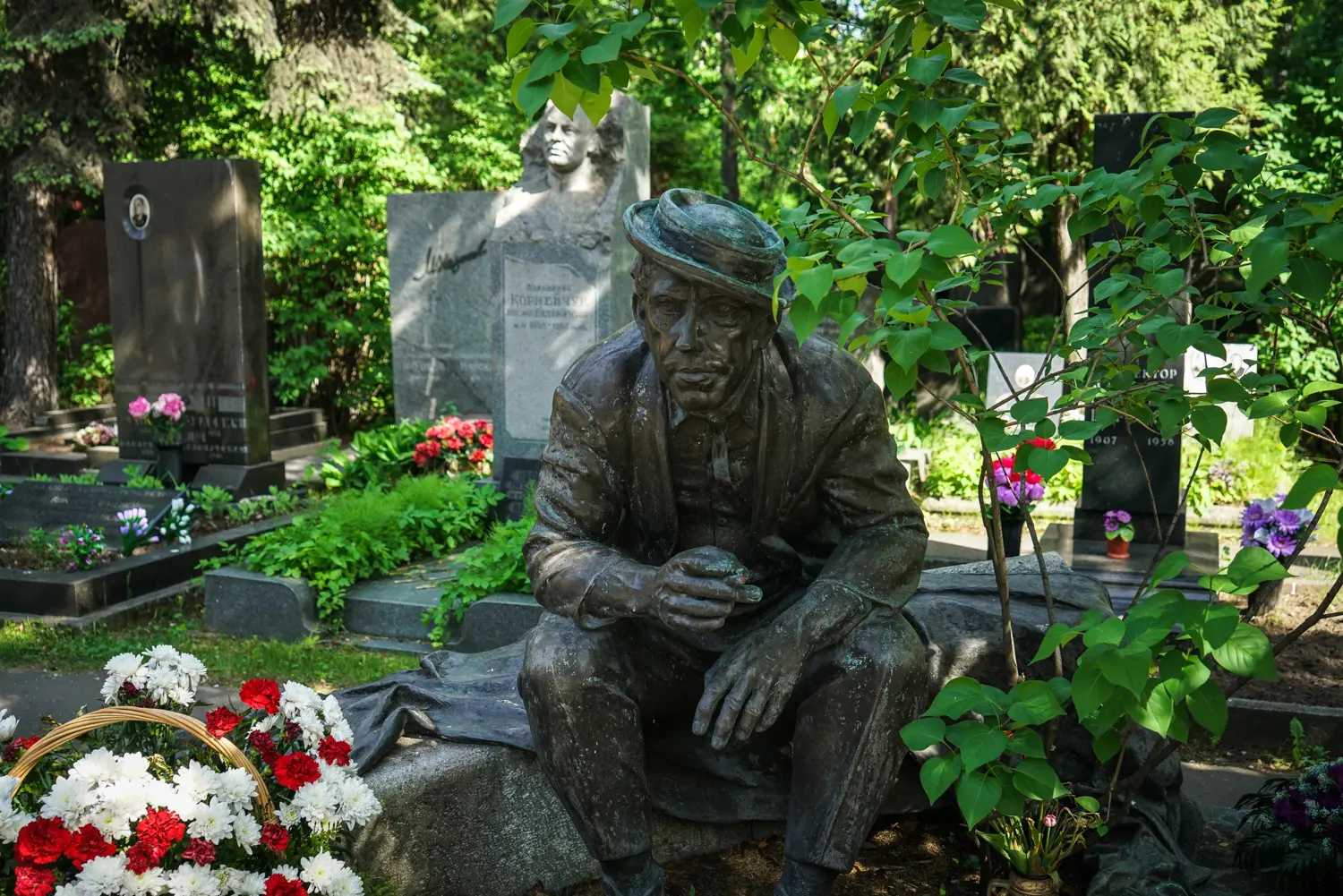
What Pere Lachaise is for France, Novodevichye is for Russia. The cemetery itself is not with the most beautiful setting, although it is located next to the majestic 16th century Novodevichy Convent. However, if you are even remotely familiar with Russian history, Russian cinema or Russian literature, you will see that this graveyard is jam-packed with famous names. Checkhov, Gogol, Shostakovich, Prokofiev, Bulgakov, Mayakovsky, Rostropovich are just a few of the many, many famous Russians laid to rest here. From Nobel-prize winning scientists to cosmonauts, from film actors to Stalin’s Politburo members, they are all here. Curious fact: in order to prevent vandalism from Boris Yeltsin’s tomb, it was rendered in the shape and colour of the Russian flag, which is illegal to desecrate.
3. La Recoleta, Buenos Aires
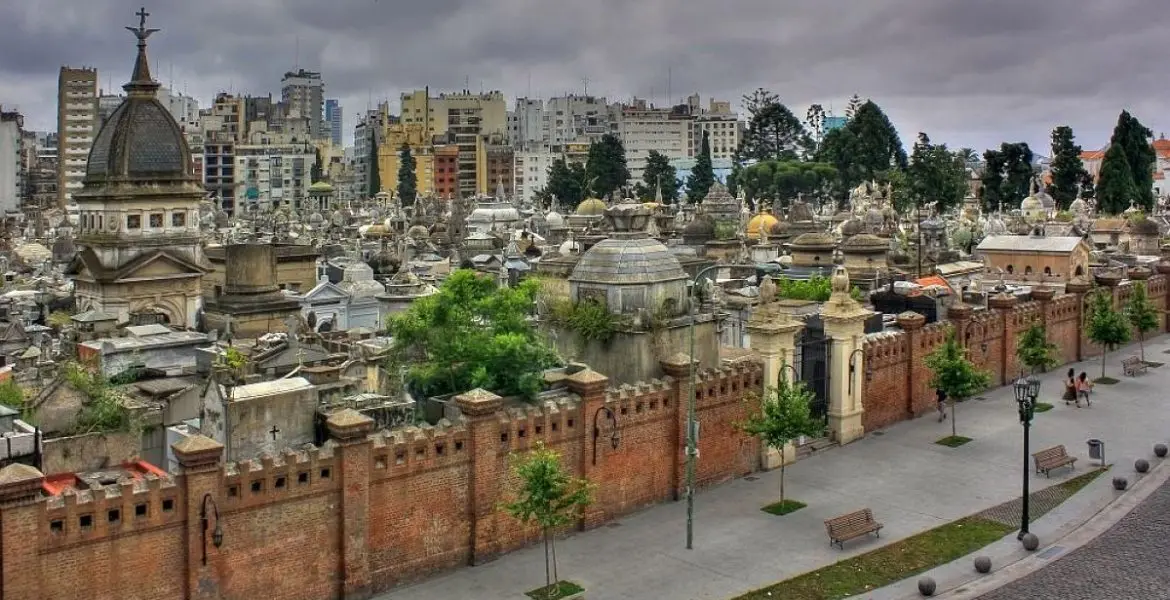
No cemetery in the world screams “old wealth” like the famous Recoleta in Buenos Aires. The local saying goes: “It’s cheaper to live extravagantly your whole life than to be buried at the Recoleta”. Money alone would not be enough to be interred in one of the splendid mausoleums you’d see here. Traditionally, it is reserved not just for the wealthy but also the top shelf aristocrats of Argentina. The most popular grave in the cemetery, that of Evita Peron, is one of the few exceptions as she herself was of more humble origins than most buried here, and she did not end up here without ghastly ordeals.
4. Skogskyrkogården, Stockholm
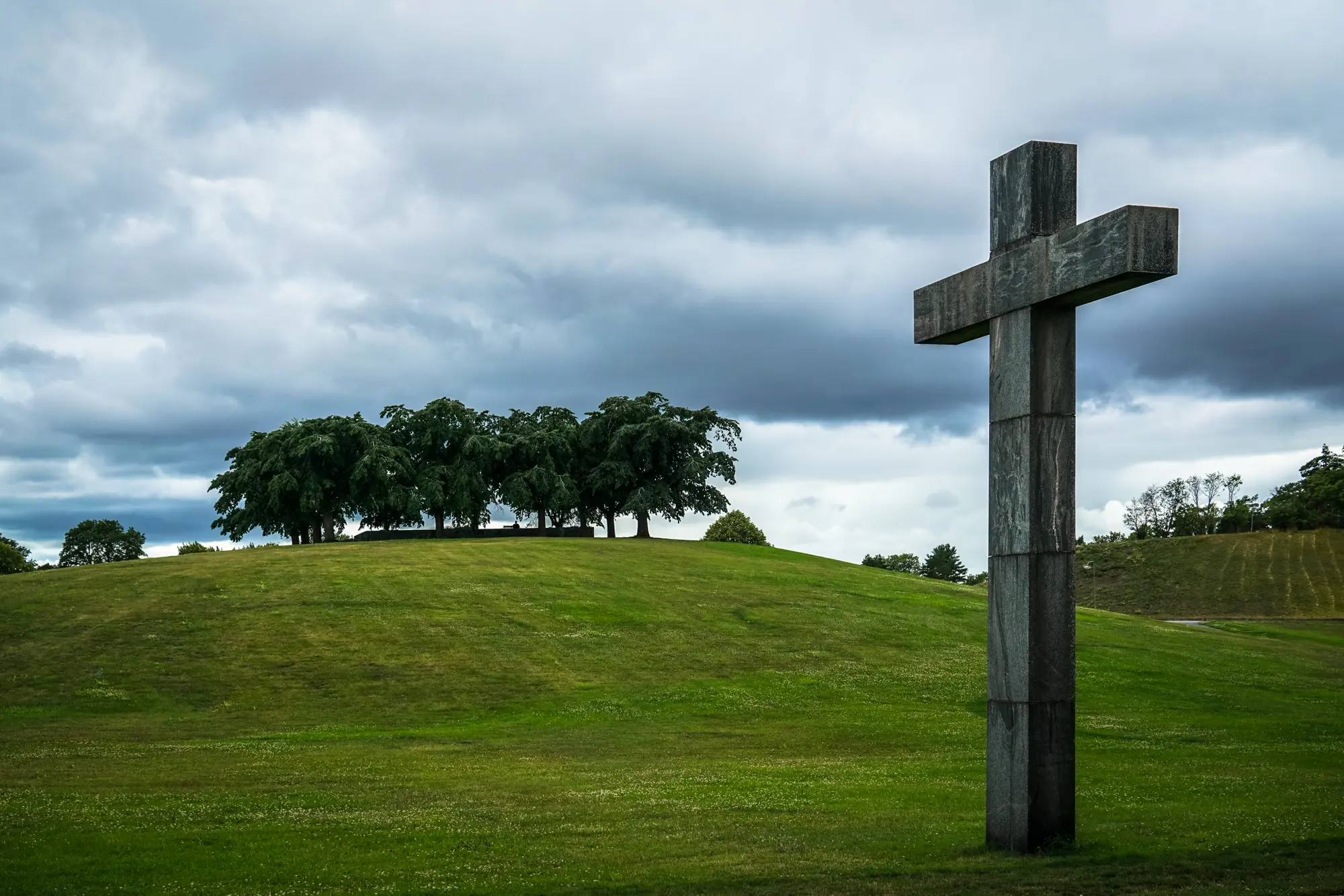
This tongue-twisting cemetery in Stockholm is actually the only UNESCO Heritage sight in the city, and for a good reason: its organic incorporation of burial grounds into the natural setting of woods, meadows and hills had a profound influence on cemetery design in the world. Created by 2 young architects about a hundred years ago, it has both the new and old feeling, depending on which part of the grounds you roam. While not as rich in number of famous graves (Greta Garbo being the main one), it is certainly worth the trip from central Stockholm and a stroll for a few hours.
5. South Park Street Cemetery, Kolkata
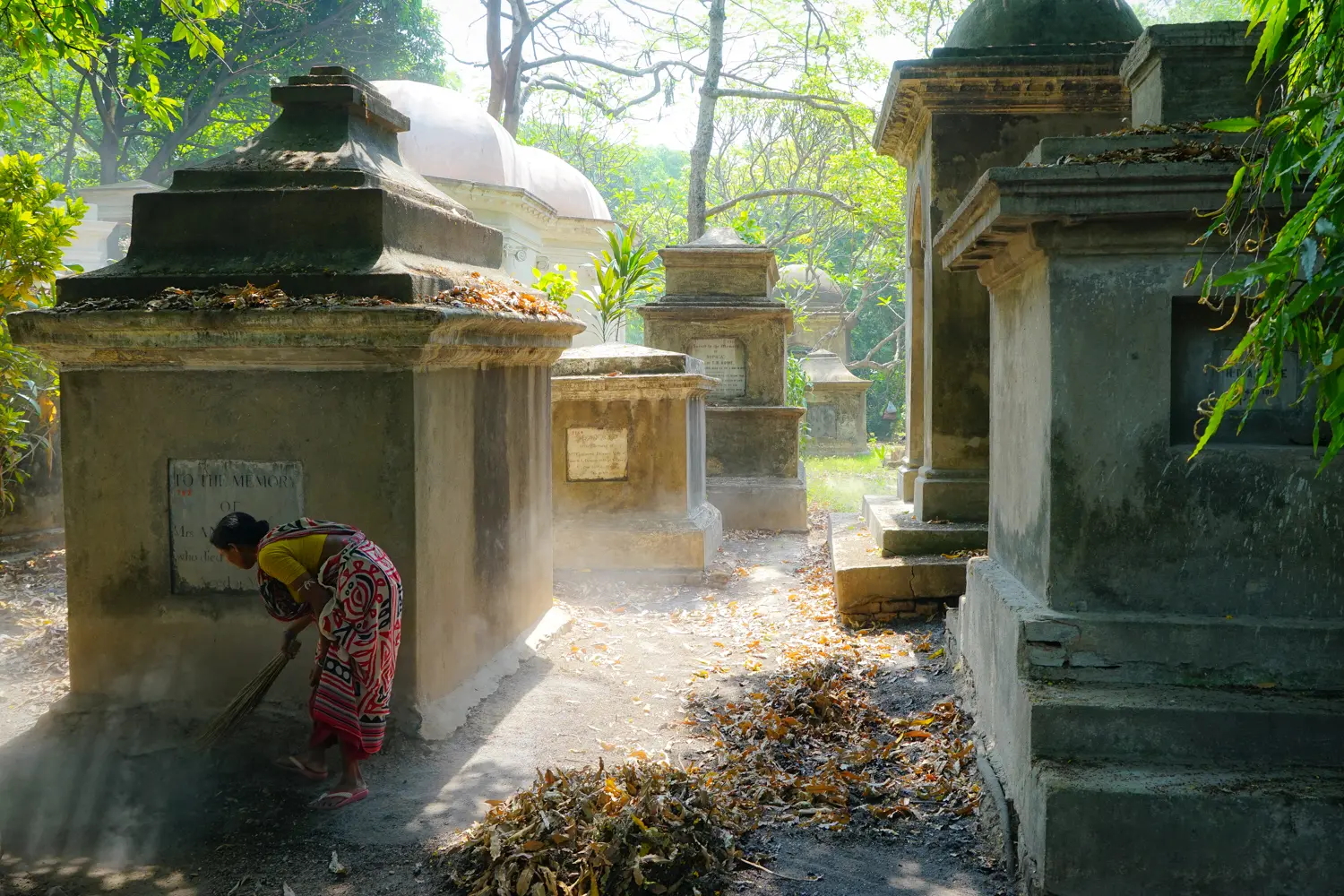
Strolling the shadowy lanes of this 18th century cemetery provides a welcome respite from the scorching heat of Kolkata, but while you are wishing to return to your air-conditioned hotel room, take time to read some of the gravestones here and imagine how hard it was for early British officers and their families to survive the inhospitable climate of Bengal. You will see that dying over the age of 50 was fairly rare – most buried here were lucky to survive their 40s, and some died much younger – from tropical fever to drowning, and even from homesickness. The graves are beautiful here, and to the credit of local authorities, decently preserved. It’s a rare and educational insight into the British colonial history of India.
6. Okuno-In, Japan
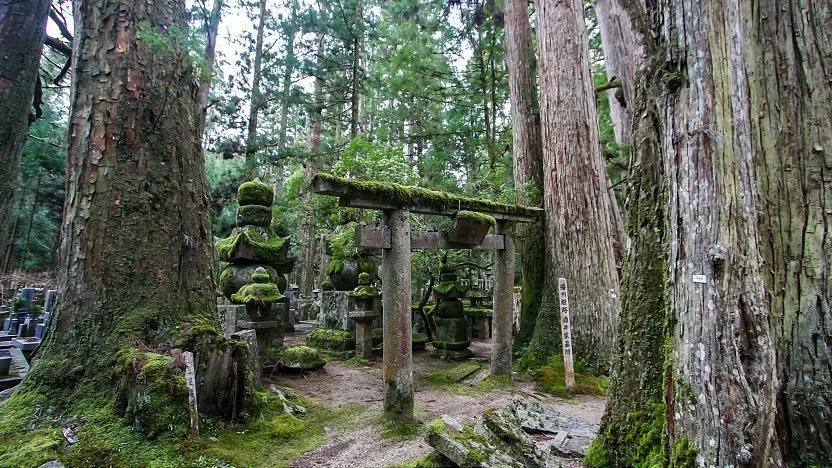
A couple of hours’ drive south of Osaka will take you to the remote Koyasan mountain, the sacred Buddhist monastic complex, and among the temples and monasteries, you will find the fog-shrouded Okunoin forest cemetery, with moss-covered age-old tombstones, arches and tiny “jizo” sculptures in their red knitted hats. It’s as if you suddenly ended up in a eerie fairytale. While some parts of the cemetery bear resemblance to any western-style graveyard, others, the most ancient graves are scattered amidst the old-growth cedar forests connected by narrow trails laid out by pilgrims over centuries. A visit here can easily be a highlight to any Japan itinerary – providing you are into cemeteries, of course.
7. Antakalnis, Vilnius
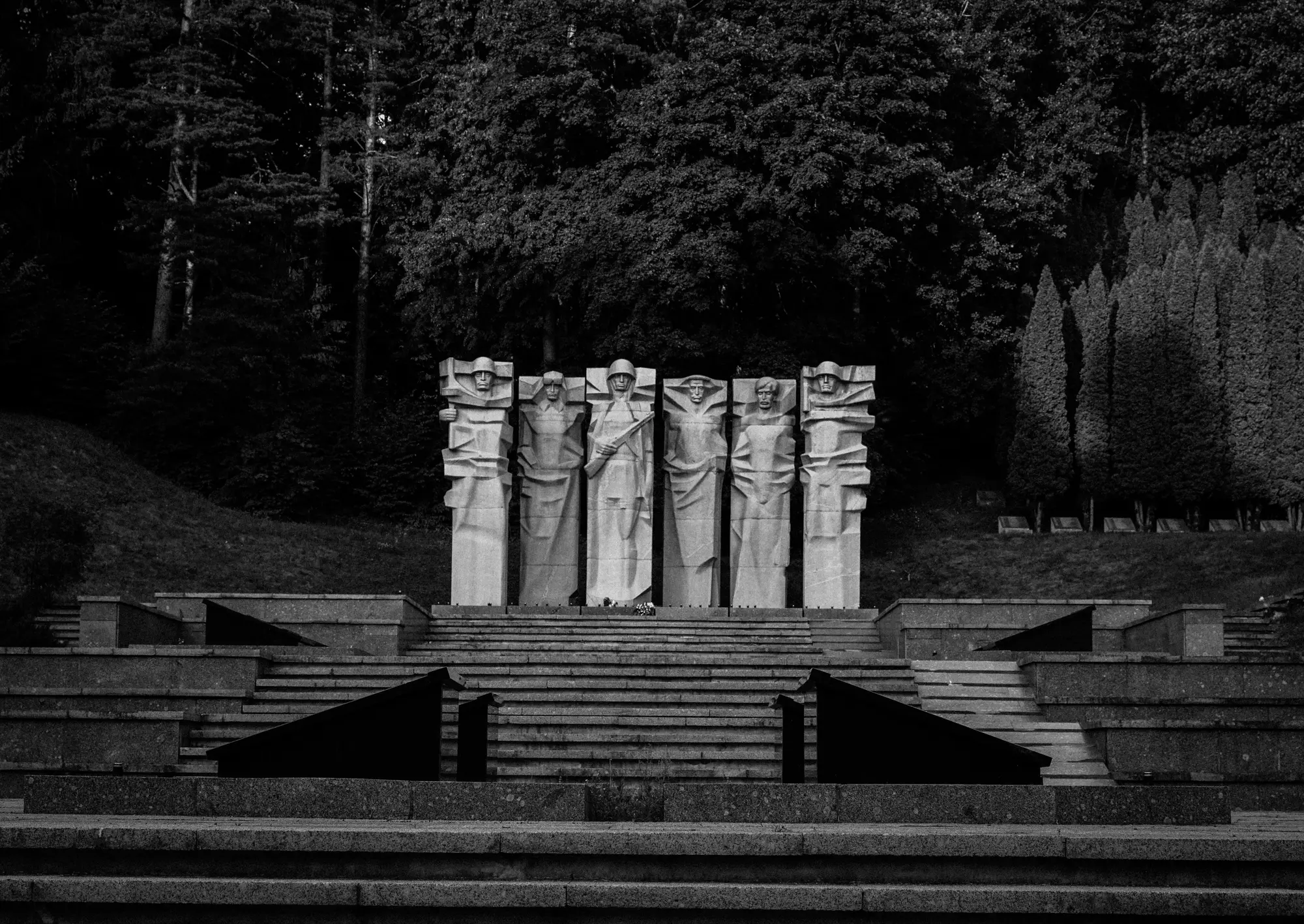
To me, the best kind of a cemetery is the one incorporated into a forest. Okuno-In, described above, is a fine example, but in Europe, it would be difficult to beat Antakalnis. Most of the cemetery is heavily wooded and situated on a scattering of small hills, with graves appearing randomly under trees, in ravines and on hilltops. While you probably wouldn’t recognize any names here, unless you are familiar with Lithuanian culture and politics, you would be impressed by the centrally-located Soviet-style memorial to the victims of the World War II. What’s even more impressive is the design of some of the tombstones, especially those of cultural luminaries. There is also a large complex of identical-looking cross-shaped tombstones of Polish soldiers who fought against the Soviets in 1920s.
8. Bonaventure, Savannah, Georgia

There are some excellent cemeteries in the USA: Arlington National, Trinity Church Cemetery in New York, St. Louis No.1 in New Orleans, I have decidewd to include Bonaventure cemetery in Savannah in this list. It’s the quintessential Southern Gothic graveyard, with huge oak trees and long veils of Spanish moss hanging down the branches. Apparently, this cemetery was on the cover of the book “Midnight in the Garden of Good and Evil”, but even if you haven’t read it, a quiet walk along its alleys is a great way to spend a few hours if you end up in Savannah.
9. Isola di San Michele, Venice
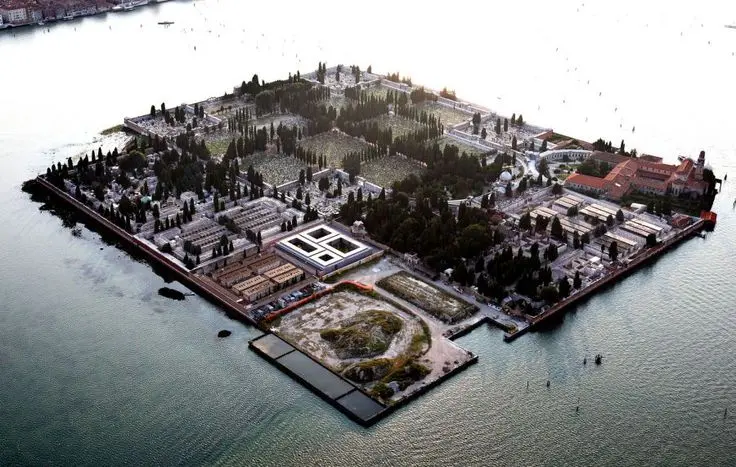
The coolest thing about this cemetery is that like everything in Venice, it’s on an island, and not just a part of an island – the whole rectangular island is designated as the cemetery. Everything in Venice is beautiful, and San Michele is no exception, from graves to the walls to the San Michele Church. And, there were a few famous people buried here, too – Joseph Brodsky, Igor Stravinsky, Sergey Dyagilev and Christian Doppler (of Doppler effect).
10. Cementerio de Hanga Roa, Easter Island
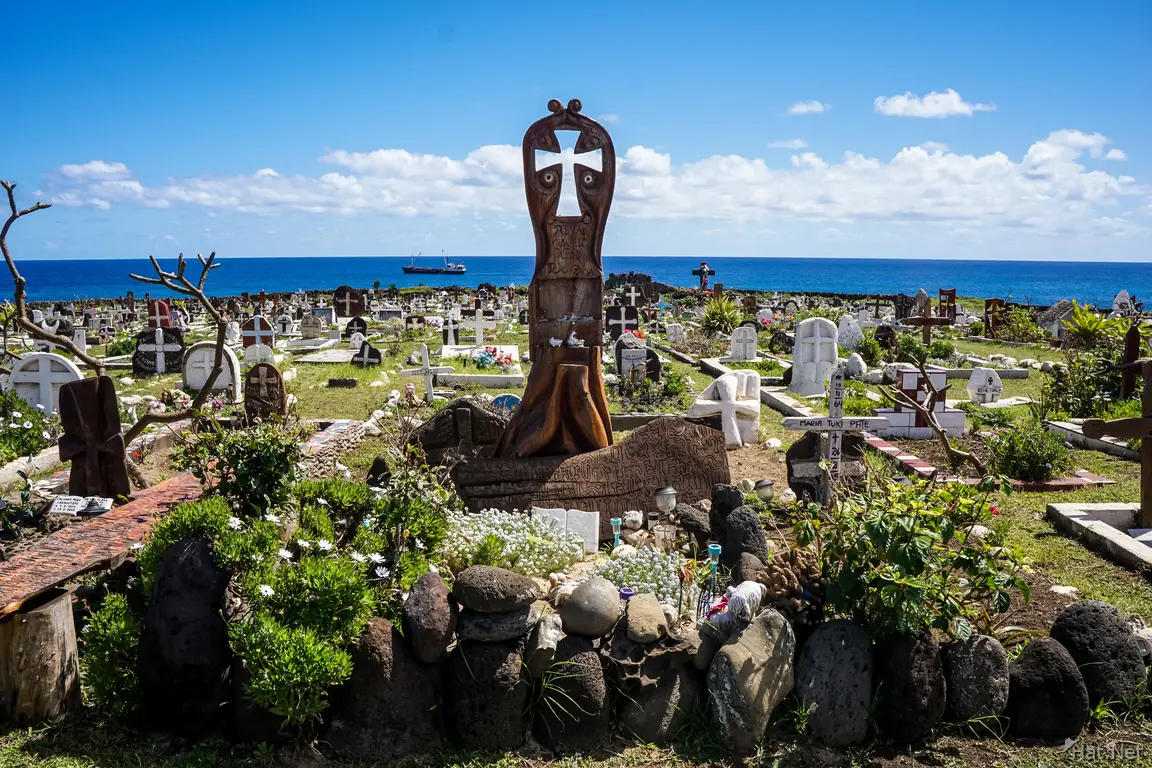
There wouldn’t be much of a reason to include the small cemetery in Easer Island’s only village if not its setting – on the rocky western shore, facing nothing but thousands of miles of the Pacific Ocean. As you walk towards or back from Ahu Tahai, the nearest moai site to Hanga Roa, you will encounter this only resting place of the island’s residents. There will be none of the splendour of some of the other cemeteries on this list here. You will see curious makeshift multi-coloured graves and crosses with both Spanish and Polynesian names, and even an odd modern-day moai or two. And in most evenings, the sky above would light up in one of those glorious Pacific island sunsets. Pay your respects to the dead and get to one of the island’s fish restaurants for your supper.
Bonus: Methuselah cemeteries of Nagaland
There are many unusual traditions and sights in the remote Nagaland State of North-East India, but its cemeteries are among the most unusual in the sense that you are likely to encounter the large number of people who lived well past a hundred here. Is there something in the water or the food here that makes people live that long? Sadly, no. The answer is simple: back when Nagaland was the domain of headhunters (not that long ago), people weren’t exactly educated in keeping track of birthdays, nor was there much in terms of record keeping. So lots of old folks had a just a vague idea of their actual age, and perhaps even slightly exaggerated it. After all, old age does and should command respect, no?
